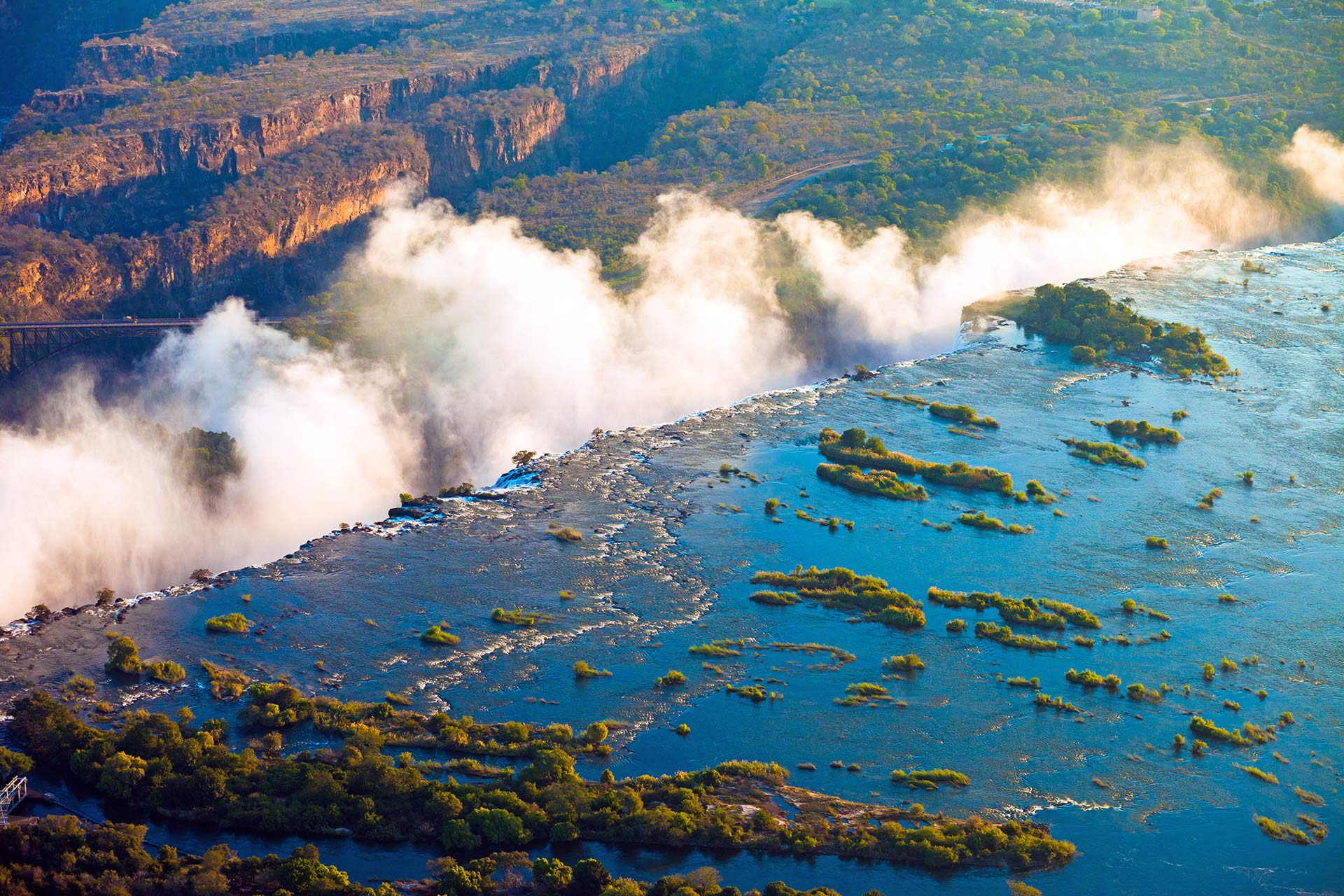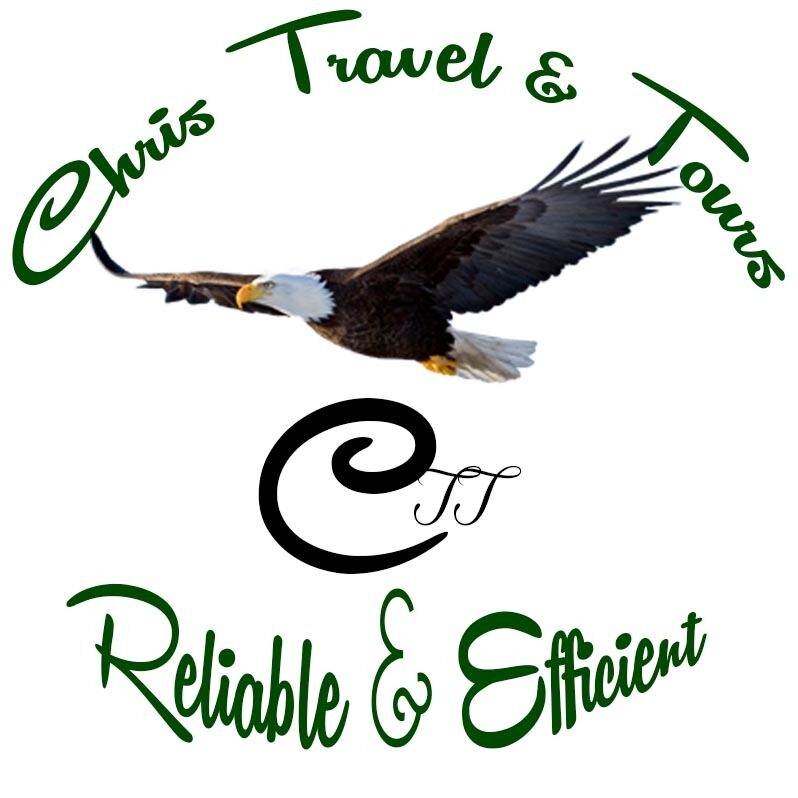
We have about 6 best things to do in Zambia. It’s early morning and the still-cool air is filled with the buzzing and chirping of countless cicadas and birds. You’re walking single file along a dusty hippo trail when your guide quietly gives the signal and you come to a standstill: up ahead a lioness wanders into view, fixes you in the soft gaze of her amber-coloured eyes, then, with a flick of her tail, slinks away silently into the surrounding bush.
The encounter lasts only a moment, yet when she’s gone you feel your heart racing happily and realise you’ve been holding your breath. Your focus zooms out and you take in your surroundings with a new keenness – the colours are brighter, the sounds clearer, and the smells that bit sharper. This is Zambia, wild and untamed – and you’ve never felt more alive!
Zambia’s South Luangwa National Park is considered the birthplace of walking safaris but its other magnificent parks and reserves are not to be overlooked. This hidden-gem quality is exactly why these parks have long been the favourite destination for experienced safari travellers, especially those looking for a more authentic wildlife experience with lower visitor numbers.
It may surprise you, however, to discover that Zambia is also an excellent choice for safari first-timers. Why? Because the big game viewing is consistently good, the local guides are some of the best in Africa, the parks of the Luangwa and Zambezi Valleys offer a diverse range of things to do – game drives, night drives, walking and canoeing safaris – and all of this is centered on the swirling mist and thundering water of the mighty Victoria Falls.
1. Set Off on Foot in South Luangwa
A guided walking safari is an opportunity to immerse yourself completely in this pristine wilderness. As your senses sharpen, so too does your understanding of how every part of nature fits together in this extraordinary ecosystem. Before long, you’ll identify different animal tracks in the sandy riverbeds, discover which plants are good to eat, and be amazed at how much information you can glean from the ubiquitous piles of animal dung.
And yes, there is a good chance that you too may experience the thrill of that lion sighting – especially in the South Luangwa, which is one of the best places in Africa to spot big game on foot. There are no guarantees though: walking is not an activity for travellers focused on ticking off a checklist! Nights are passed in comfortable tents with all the basics of camp set up for you by the experienced staff.
The best accommodation is in the heart of the South Luangwa, far from other people, vehicles or signs of civilisation. Don’t let the name ‘bush camp’ put you off – you’ll be more than comfortable with high-quality linen, hot showers, delicious down-to-earth meals, and ice-cold drinks served around the campfire under a starry sky.
2. Game Drives Along the Luangwa River
The South Luangwa is Zambia’s best known park for very good reason: the concentration of game around the Luangwa River is among the densest in Africa. You probably – and sadly – won’t find rhino here but apart from that notable exception, there is more than enough big game to fill up many a camera memory card.
On foot you feel a part of this remote wilderness but in a car you can cover more ground and maximise your wildlife sightings. Our advice? Combine your walking safaris with game drives in this area known for its high density of leopard and lion, rumbling herds of elephant gathered at oxbow lakes, and endemic species such as Thornicroft’s giraffe and Crawshay’s zebra.
One of the guiding habits we most admire is the fact that the South Luangwa guides don’t automatically radio each other every time they come across a good sighting. This means that when you do come across a big cat or even a kill, you will have the space and freedom to quietly observe a sighting, which is simply wonderful.
3. Drift Along the Lower Zambezi River
The Lower Zambezi is an incredibly beautiful reserve stretching out along the shimmering waters of the wide, blue Zambezi River. There is plenty of big game here too, and the lodges tend to be more flexible with their schedules by putting together a day of activities to suit your tastes: game drives, nature walks or – a major highlight – canoe safaris.
Don’t think of a canoe safari as hard work: you drift more than paddle, floating past the twitching ears and snorts of submerged hippos and knobbly Nile crocodiles basking on the riverbanks. It’s both peaceful and undeniably thrilling! The guides are utterly attuned the animals’ habits and behaviour, and are completely at ease predicting their next moves.
You’ll find that a canoe gives you a closer and more intimate perspective on creatures like buffalo and elephant, who ignore your quiet passage past them quite undisturbed by your presence as they drink their fill at the water’s edge.
4. Get up Close and Personal With Vic Falls
Victoria Falls deserves its local name, Mosi-oa-Tunya or ‘The Smoke That Thunders’. Nothing prepares you for your first sight of the Zambezi River in full flood thundering over the drop – 500-million litres of water per minute crashing into a deep rocky gorge, throwing a cloud of mist and rainbow-lit spray high into the air.
The Main Falls lie within Zimbabwe but the Zambian side is equally impressive during peak flow months (February to May). One of our favourite Zambian viewpoint is the Knife-Edge Bridge, which takes you right up close to this thundering waterfall – be prepared to get soaked!
Victoria Falls is a fantastic start or end point to a Zambian safari. If you have the time, I recommend a good three days to sample the many activities on offer – you can take a scenic helicopter flip or microlight flight, or even go white-water rafting on high-grade rapids.
5. Witness the Biggest Mammal Migration on Earth
Every year from about October to December, the skies around Kasanka National Park come alive with around 10 million straw-coloured fruit bats. That’s right, East Africa’s Great Wildebeest Migration is not the largest mammal migration in the world!
While the sheer volume of bats is jaw-dropping, it’s the atmosphere surrounding this phenomenon that’s the most thrilling part: huge birds of prey swoop through the dramatic skies and take down bats for breakfast. And of course, you can see the usual Kasanka specials like rare, swamp-dwelling sitatunga antelope graze in the misty dambos (wetlands) in the morning. If you’re a true safari enthusiast, this is an absolute must-do experience.
What You Need to Know:
- Kasanka is the only place in the world where you can witness this natural phenomenon.
- The migration only takes place for about 90 days (late October to mid-December).
- We recommend flying directly to Kasanka by private charter plane (there is an airstrip inside the park) and staying at Wasa Lodge.
Kafue’s Busanga Plains
6. Explore the Remote Busanga Plains of Kafue
Kafue National Park is one of the largest national parks in Africa, and yet the least visited of Zambia’s major three parks. Well of the beaten track, Kafue is still very, very wild with just a handful of luxury tented camps.
In the extreme north of Kafue lies the Busanga Plains, one of Zambia’s most significant wetland resources and the best region of the park for game viewing. Huge herds of red lechwe, puku and stately roan antelope graze these grassy floodplains, their large numbers attracting plenty of predators including packs of wild dogs, lion prides and lone cheetah.
Along with game drives, you can spend your days in Kafue on boat rides and walking safaris, go fishing on either the Kafue or Lunga River, and twitchers are sure to add a few ticks to their lists with over 490 species of birds recorded.
